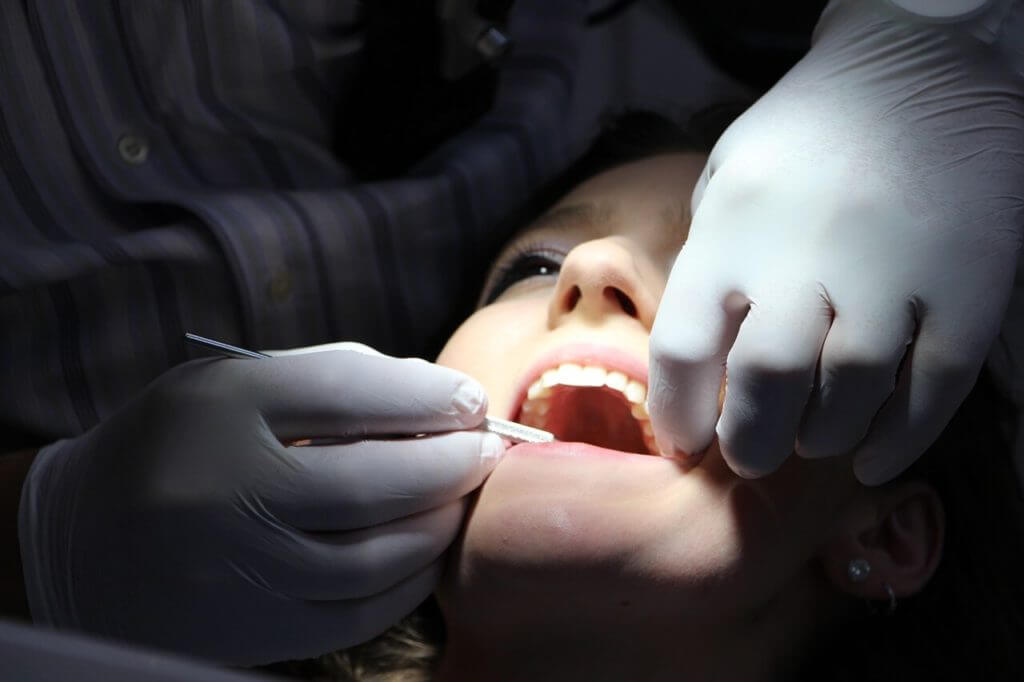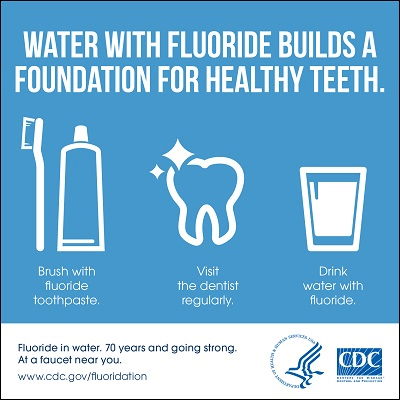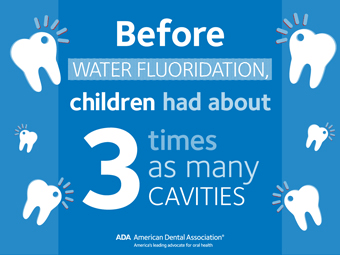The most common conversation that I have with my patients is on the topic of tooth decay prevention. I wanted to offer some helpful insight to this topic as it is fundamental to dentistry and oral health. Let’s start with the basics of tooth decay and how it can be prevented.

What is tooth decay? Tooth decay is caused by certain strains of bacteria that eat tiny amounts of sugar after we eat or drink something sweet. These bacteria metabolize sugar to produce an acid (known as lactic acid) that then sits on our teeth. This process usually occurs in the nooks and crannies of our teeth, such as the grooves on the biting surface as well as the areas between your teeth.
If you think of how small bacteria are, you start to realize that they probably do not need to eat much sugar at all. In fact, these bacteria feed on incredibly small amounts of sugar in the range of nanograms. In addition, they feed on all sorts of sugars. Sugars are found in many of our foods and beverages and it’s not just the usual suspects, such as candy or soda. Agave, fruits, juices, breads, etc. all usually have some form of sugar in them.
Since bacteria feed on very small amounts of sugar, any amount of sugar that you consume will be sufficient to start the process of tooth decay. However, not everyone may develop cavities. The reason for this involves a number of factors that go into an individual’s risk for tooth decay. Some of these factors include: what your mother ate and drank while you were in the womb, whether or not you had fluoride as part of your diet when you were a child, what strains of bacteria you received in your oral cavity (which usually run in families), what your oral hygiene is like, the environment in your mouth, etc. While some of these factors are uncontrollable, the good news is that many of them can be positively influenced by taking steps aimed at preventing tooth decay.
The primary factors that can be controlled for are how well we take care of our teeth and the food we eat. Additionally, tooth decay is not necessarily just about which foods are worse for your teeth than others, but also about how often we eat. I often ask patients who are prone to cavities if they drink coffee with even a tiny amount of sweetener and how long it takes them to drink their coffee. This example highlights how drinking sweetened coffee over several hours can prevent your saliva from being able to rinse your mouth, which causes your teeth to sit in an acidic  environment and sets the stage for tooth decay.
environment and sets the stage for tooth decay.
Tooth decay is really a back and forth process. For early cavities that haven’t penetrated through the enamel, these cavities are even reversible! Your saliva has calcium in it and your teeth can harden back up after they start to soften. This is why early detection of tooth decay is key to avoiding larger dental complications that can result in pain, medical emergencies and early tooth loss. The best advice I can give my patients is to try and reduce the amount of time throughout the day that you are snacking, rinse with water after any sweets and try to maintain good oral hygiene, including topical fluoride. I also recommend regular exams to identify tooth decay in its early stages before it becomes too much of a problem.
If you have any questions or would like to discuss tooth decay further, please do not hesitate to give Cascadia Dentistry a call at 360-629-7229.

 I recently had a discussion with a friend of mine as I gave my son his daily fluoride drops. After I was done, my friend looked at me with a puzzled expression and asked me why I would give my son fluoride because she had heard that fluoride is toxic. As a dentist, I hear this view fairly often and it’s frustrating because I immediately want to start presenting all the research touting the major benefits of fluoride supplements in children without coming off as overbearing. In my friends’ case, I very confidently answered her that I was doing my son a favor by giving him fluoride supplements to reduce his future risk for tooth decay because our local drinking water is not fluoridated. Because this is such a common concern, I’d like to take a moment to further explain myself and offer a few points for parents of young children to consider.
I recently had a discussion with a friend of mine as I gave my son his daily fluoride drops. After I was done, my friend looked at me with a puzzled expression and asked me why I would give my son fluoride because she had heard that fluoride is toxic. As a dentist, I hear this view fairly often and it’s frustrating because I immediately want to start presenting all the research touting the major benefits of fluoride supplements in children without coming off as overbearing. In my friends’ case, I very confidently answered her that I was doing my son a favor by giving him fluoride supplements to reduce his future risk for tooth decay because our local drinking water is not fluoridated. Because this is such a common concern, I’d like to take a moment to further explain myself and offer a few points for parents of young children to consider. On the other hand, dental decay is endemic and is a very serious health concern that many children and adults face. Dental decay can lead to pain and premature tooth loss and can be debilitating to many children and adults alike. Yet fluoride consumed as a child brings down that persons’ lifelong risk for dental decay in their permanent teeth. Simply put, a child who orally consumes fluoride at the recommended levels, results in fluoride integrating into that child’s adult teeth as they develop which helps reduce future risk for tooth decay – certainly a major benefit to that child as they age.
On the other hand, dental decay is endemic and is a very serious health concern that many children and adults face. Dental decay can lead to pain and premature tooth loss and can be debilitating to many children and adults alike. Yet fluoride consumed as a child brings down that persons’ lifelong risk for dental decay in their permanent teeth. Simply put, a child who orally consumes fluoride at the recommended levels, results in fluoride integrating into that child’s adult teeth as they develop which helps reduce future risk for tooth decay – certainly a major benefit to that child as they age.